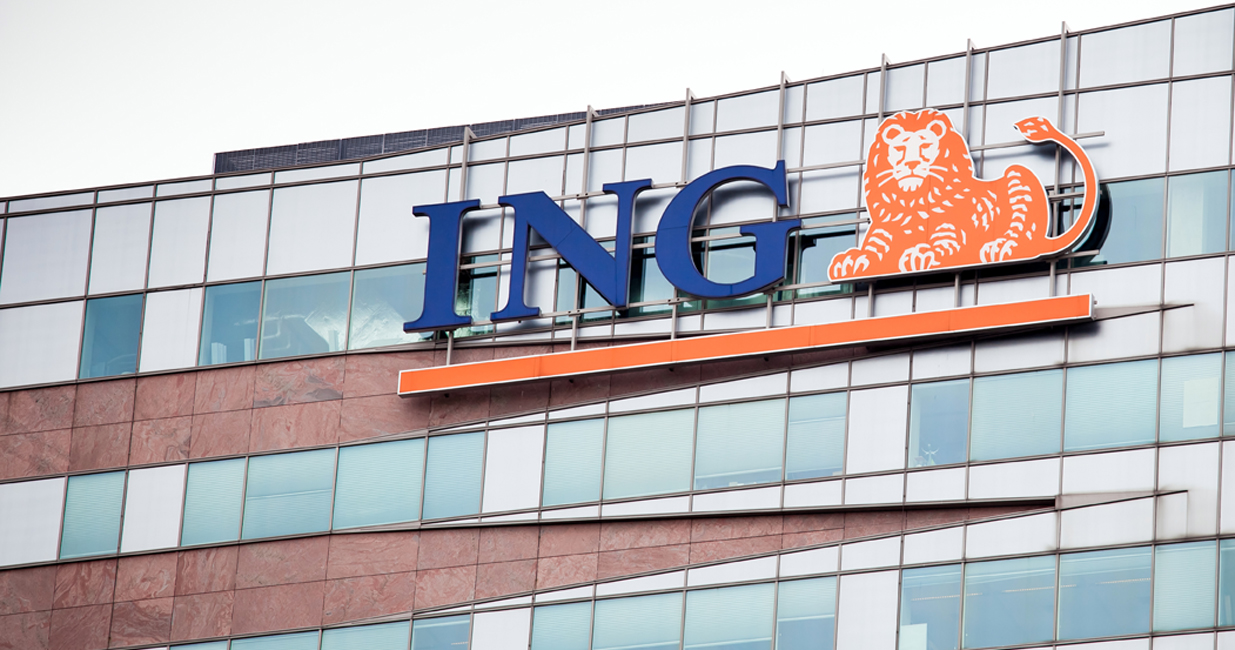
Sustainable lending in focus as ING rolls out wholesale expansion in Australia
Sustainable lending is a key pillar of ING Bank (ING)’s plans to “significantly grow its wholesale lending business in Australia”, which will also have a focus on the bank’s strengths by sector and network capabilities. A local debt capital markets presence is not on the radar at present, though ING hopes to be increasingly involved in international debt issuance from Australia as its client base grows.
Gerrit Stoelinga, ING’s Singapore-based chief executive, Asia, says the bank has identified Australia as one of the main growth opportunities in the region. It has been building a client list in priority sectors for the past five years – initially focusing on the utility and power, infrastructure and, more recently, real-estate sectors – but is now targeting growth sufficient to reshape the local balance sheet.
ING has more than A$52 billion (US$38.6 billion) of loans in Australia, the majority of which are retail mortgages – the bank says its book makes it the fifth-largest lender in the sector locally.
Uday Sareen, chief executive, Australia at ING in Sydney, says the bank hopes to increase the non-mortgage component of the local balance sheet to 20 per cent by 2020, from 10 per cent in 2015 – without losing mortgage market share. Some of the growth will come in other consumer assets like personal loans and credit cards, but a larger wholesale lending book is another clear target.
Competitive landscape
ING hopes that having a large and well-established Australian balance sheet offers it a differentiating factor in what it acknowledges is a competitive local wholesale-lending environment. “ING covers a wide range of sectors globally, and we felt bringing an expanded presence to Australia was something we could achieve because we have something to leverage off in the form of the retail balance sheet,” Stoelinga says.
Charles Ho, head of wholesale banking, Australia at ING in Sydney, adds: “Having a large retail bank in Australia means access to a broad balance sheet and economies of scale operationally – both of which can support wholesale banking. It’s not a silver bullet but we believe these will help us grow in a competitive market.”
The offering is likely to be relatively concentrated by product and service even as ING looks to grow its client base and sectoral coverage. Stoelinga says there is no intention to compete with Australia’s major banks in areas like cash management and transaction banking, while ING’s debt capital markets presence is likely to remain low key for the foreseeable future.
“Historically, ING has been a lending bank in the wholesale space and relatively underweight in DCM presence,” Stoelinga adds. “That said, we have been building a presence in recent years and increased our mandates in the Asian region threefold in 2017. We don’t expect to have a presence in local debt capital markets any time soon but we like to think we will be able to help in offshore markets as we build our client base.”
Sustainable finance
One area where ING will be focusing efforts is in sustainable lending, including the nascent green-loan sector in which it has already made its presence felt in Australia. ING was one of two green structuring advisors and was a joint bookrunner on a £2 billion (US$2.6 billion) loan facility issued by Macquarie Group (Macquarie) in June this year, which included £500 million of green-loan tranches.
Macquarie says these tranches are the first to be issued by a financial institution and the first from any Australian company that meet the green-loan principles published by the Asia Pacific Loan Market Association (APLMA) in March this year.
“We see lots of firms positioning themselves in the green-bond market but we want to be a market leader in green loans,” Stoelinga reveals. “We worked with the APLMA to establish the green-loan principles and were pleased to be involved in the first such transaction in Australia.”
In future, ING’s sustainable-finance offering in Australia may include the “sustainability-performance loans” it has introduced, which tie the interest rate to both the borrower’s rating and it sustainability performance. The first such loan was a €1 billion (US$1.2 billion) facility written for Philips in April last year.
According to ING, the Philips loan is specifically related to improvements in the borrower’s overall Sustainalytics rating, meaning social and governance elements are just as important as the environmental aspect. Unlike even conventional green loans, pricing is linked to specific green covenants.
In November last year, ING converted a US$150 million bilateral revolving loan facility for Singapore-based agribusiness company Wilmar International into the first Asian sustainability performance loan. Ho says the bank has also had early stage discussions with a client in Australia about the concept.
But he adds: “There is a lot of interest from Australian companies in sustainability and discussions taking place up to board level. So being able to offer differential loan pricing helps but it is not the only motivating factor for borrowers – they want to be on the map in this space anyway.”

WOMEN IN CAPITAL MARKETS Yearbook 2023
KangaNews's annual yearbook amplifying female voices in the Australian capital market.







